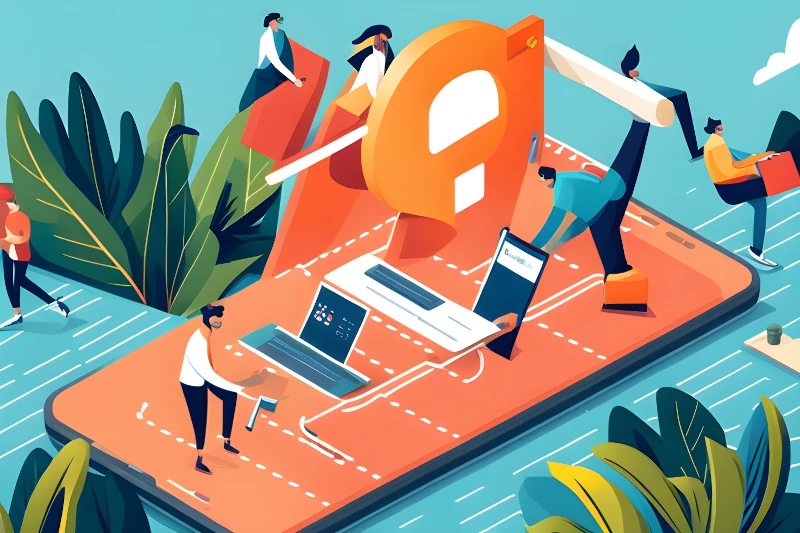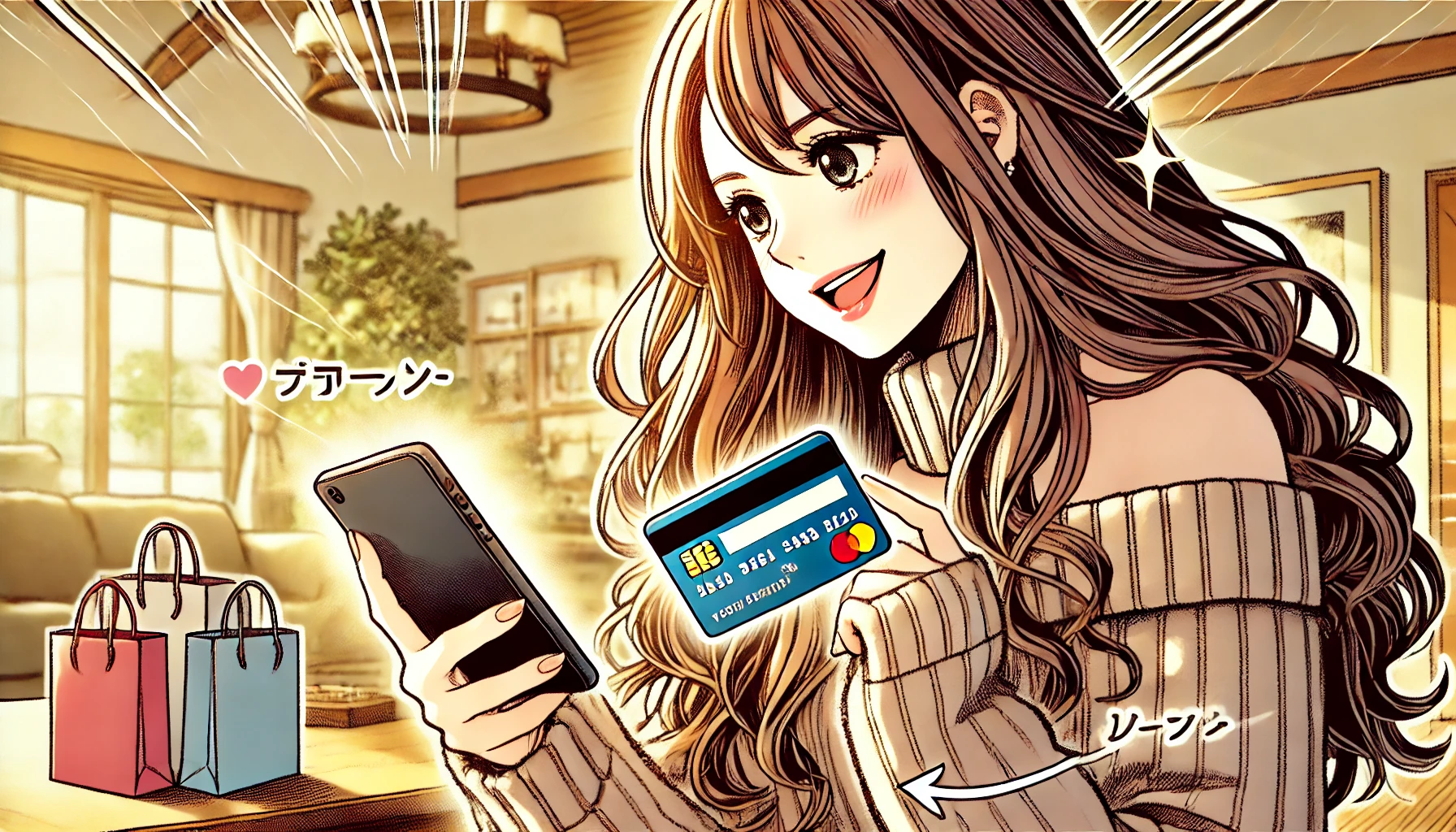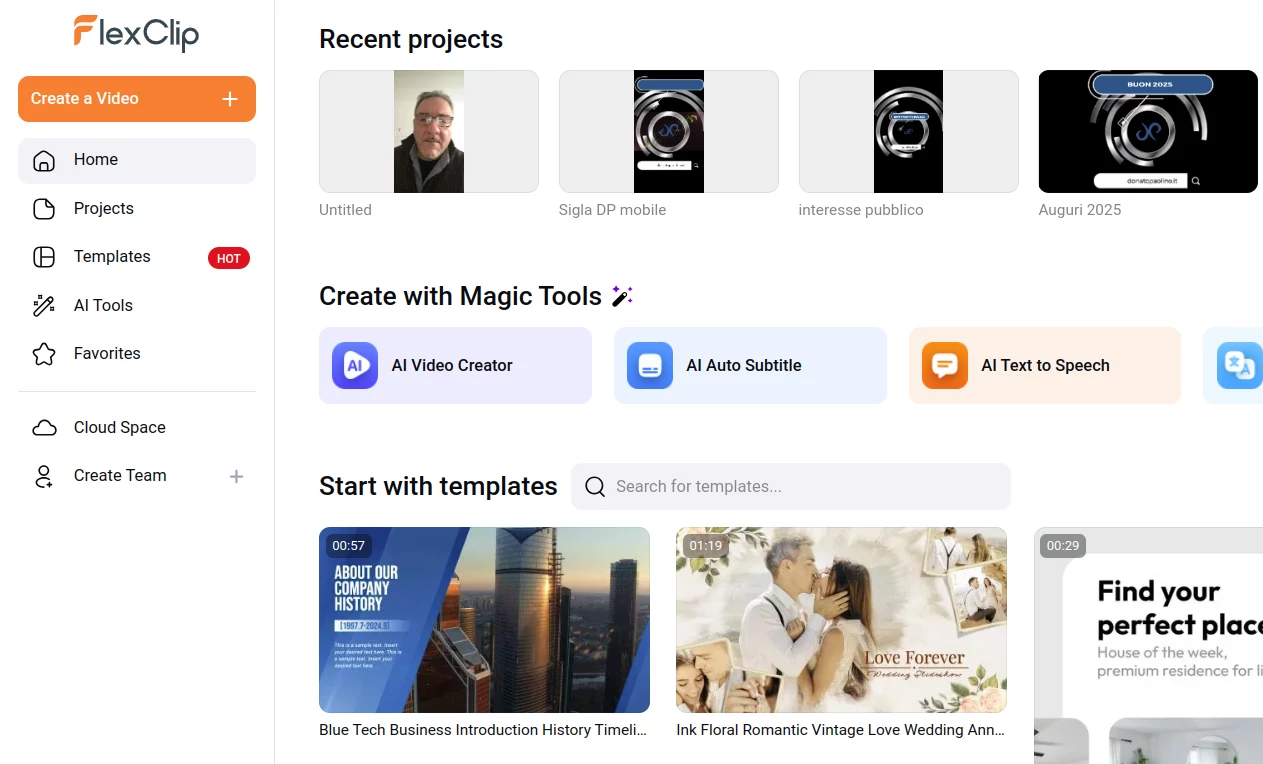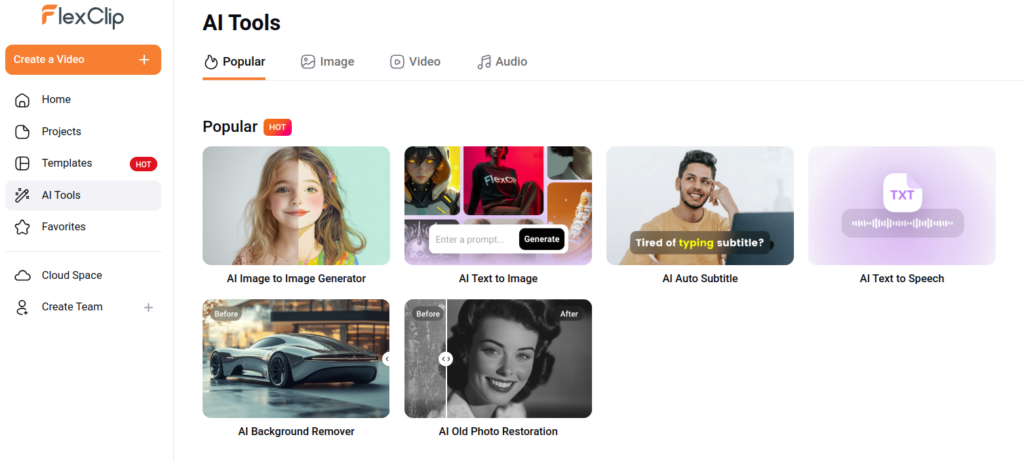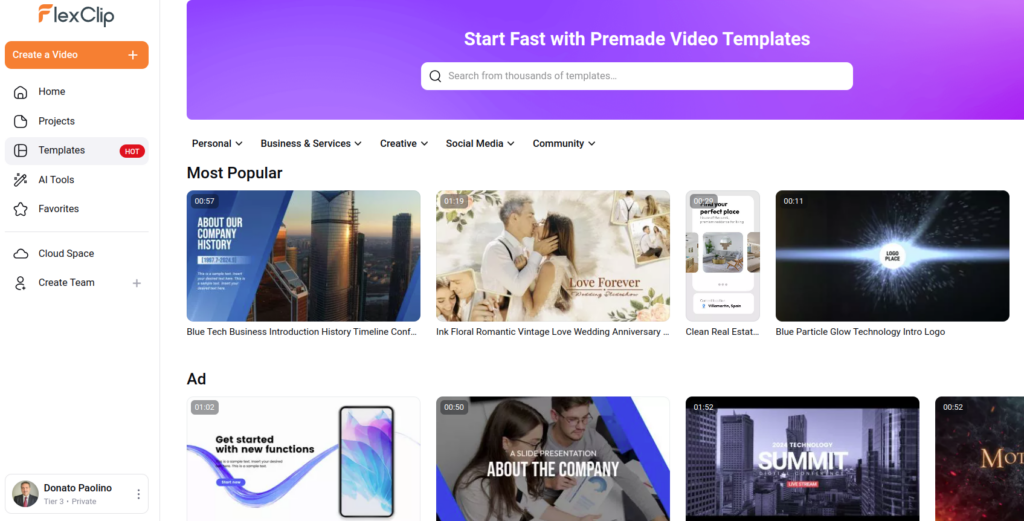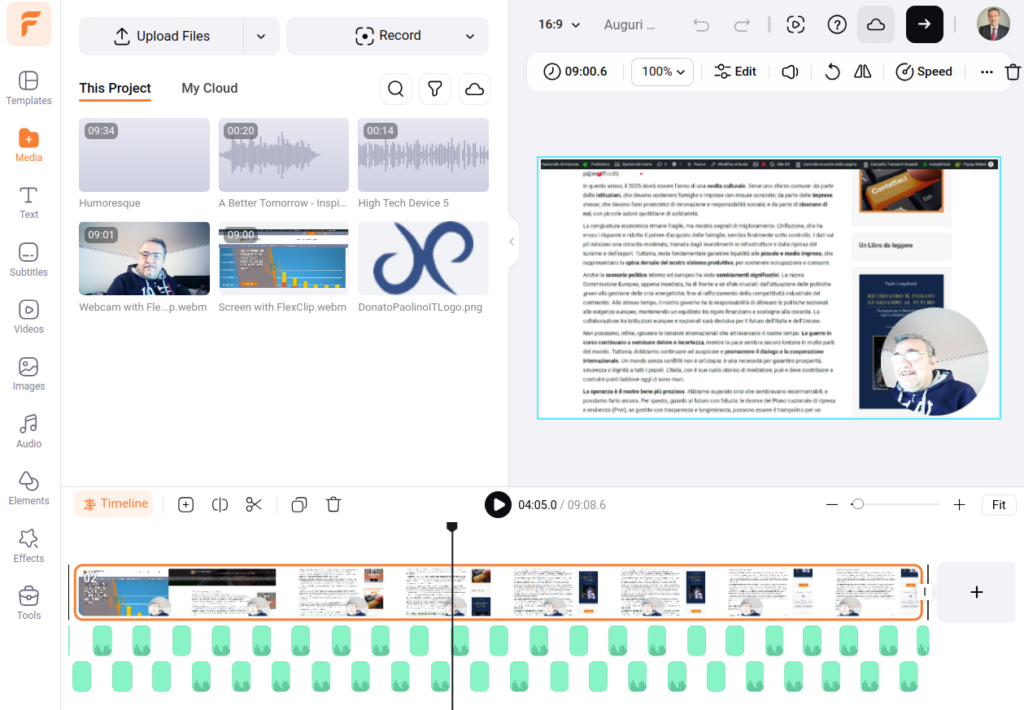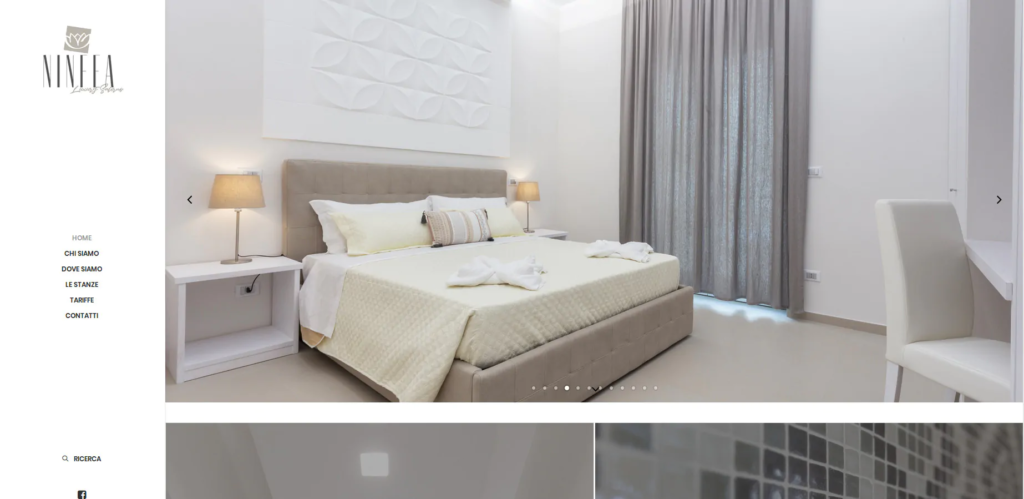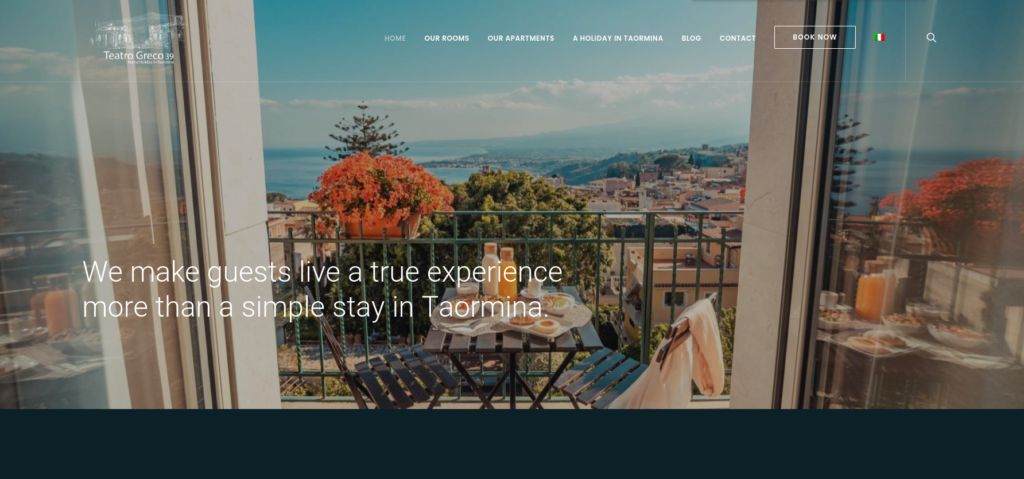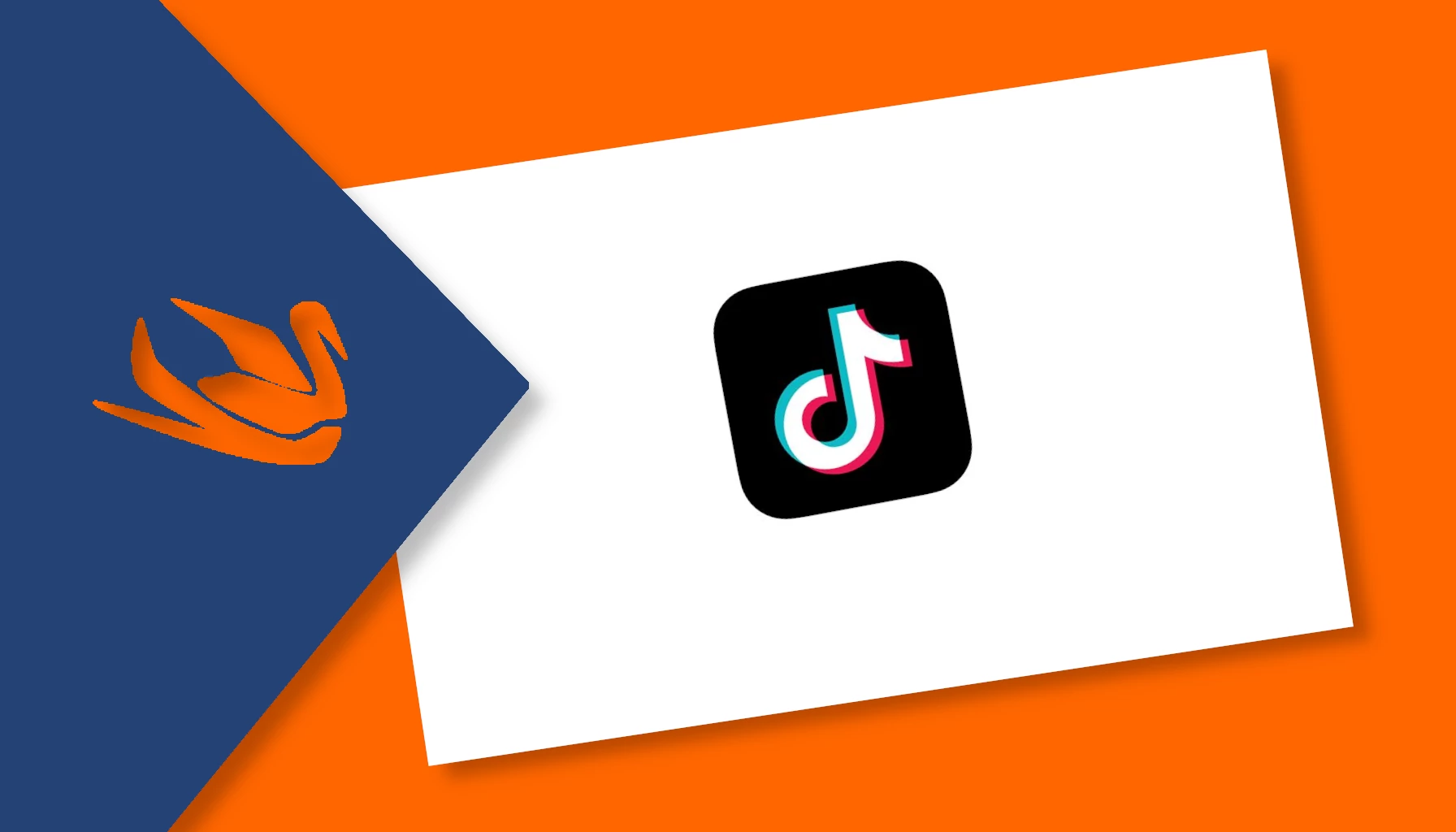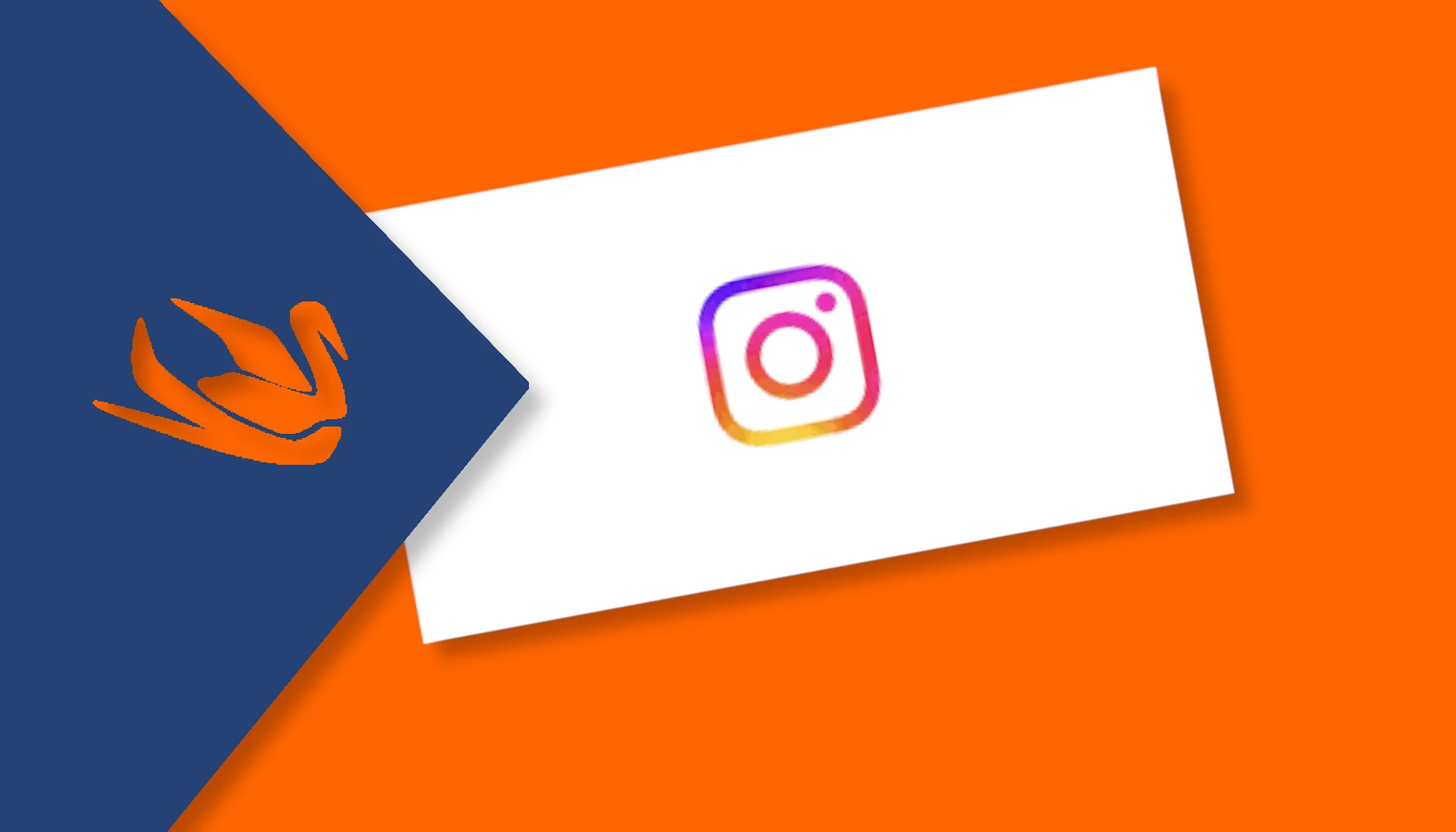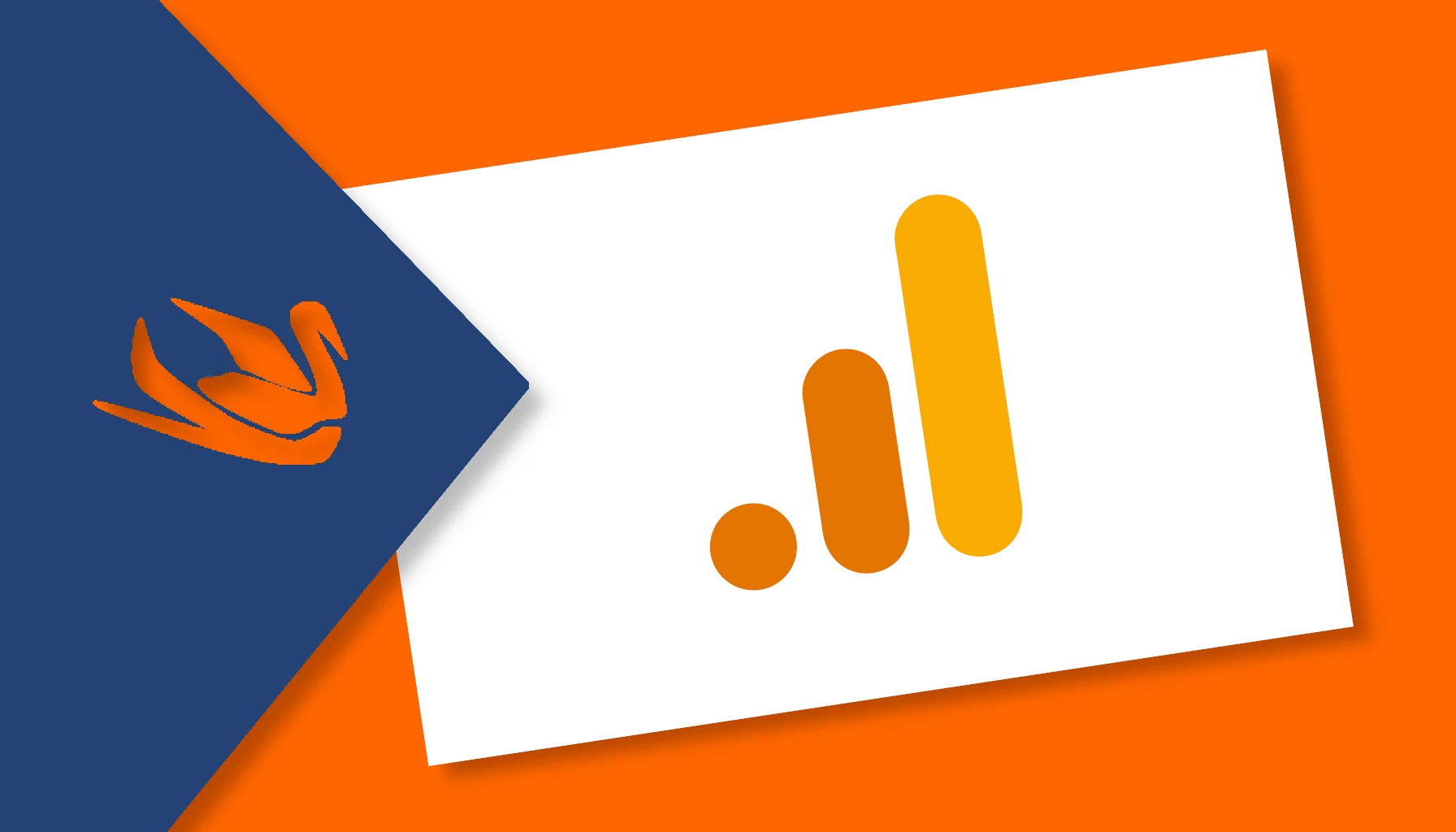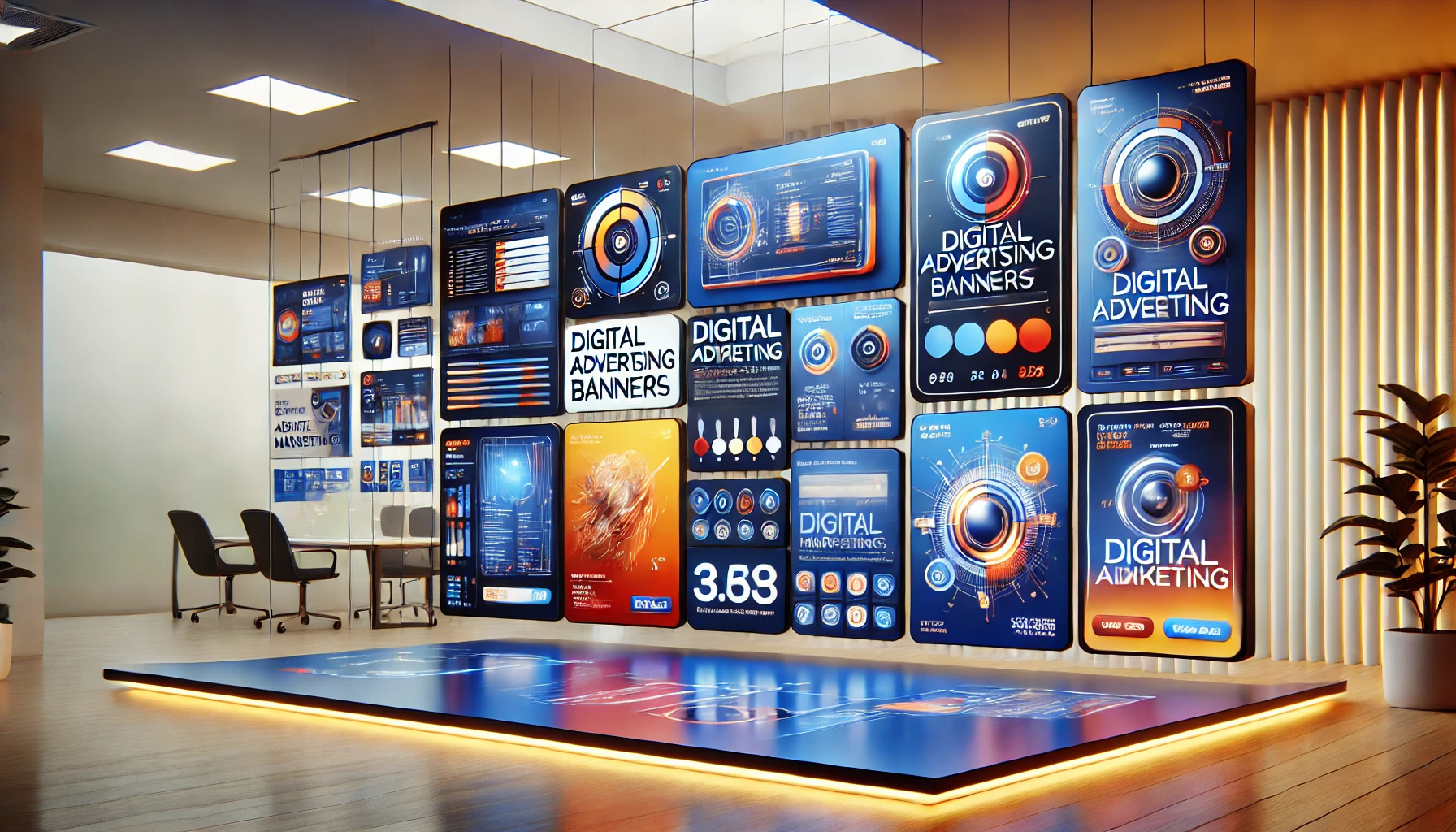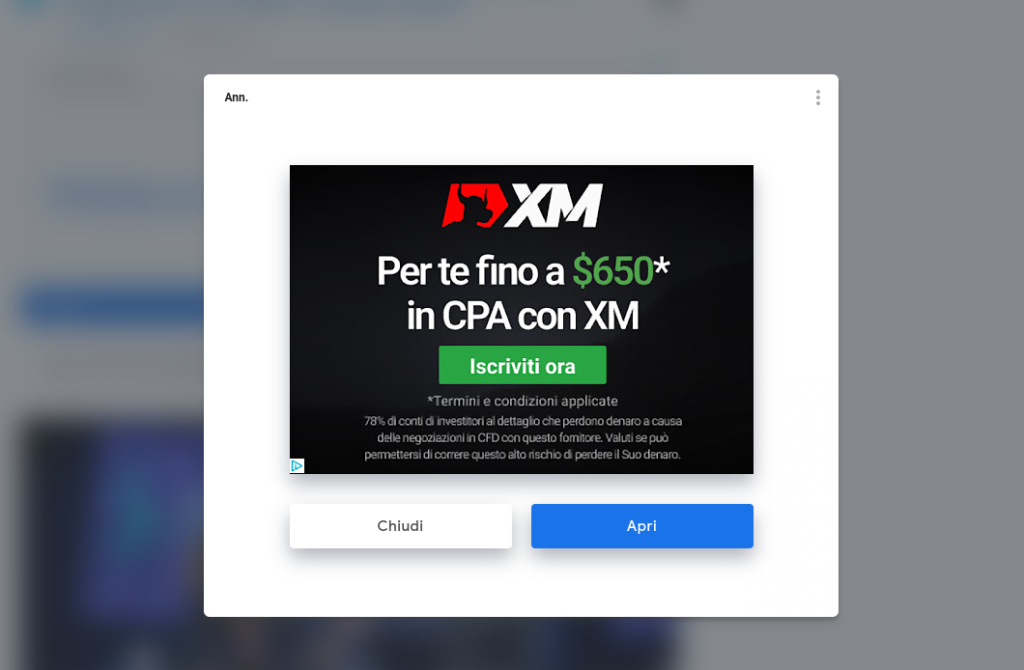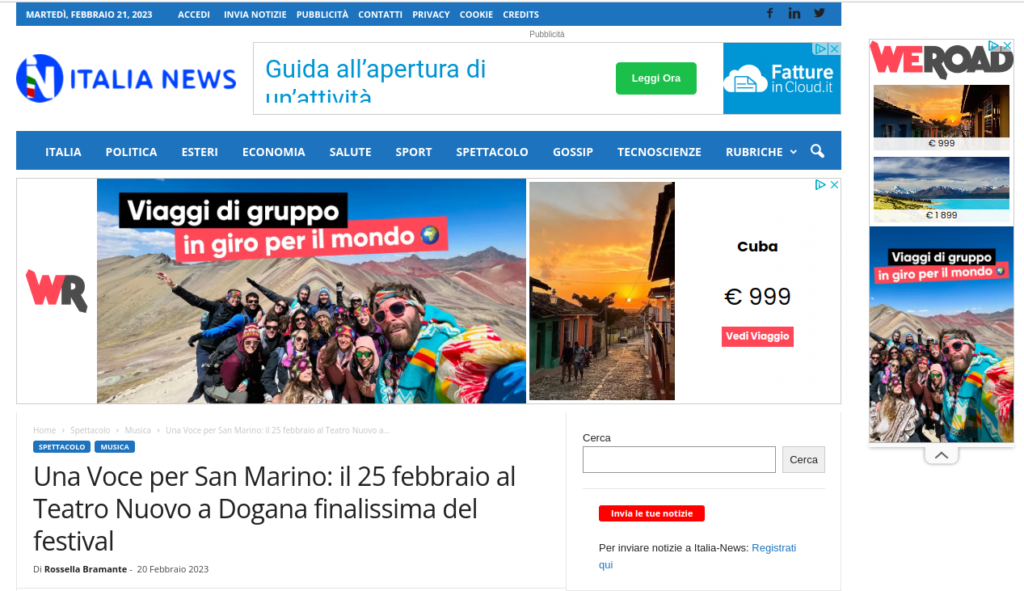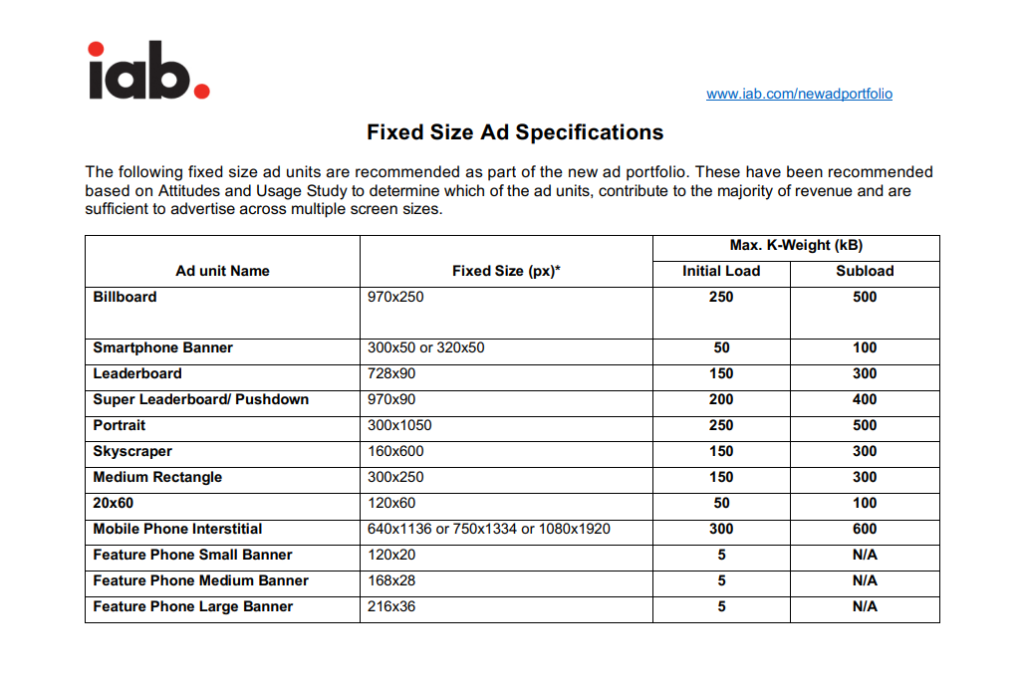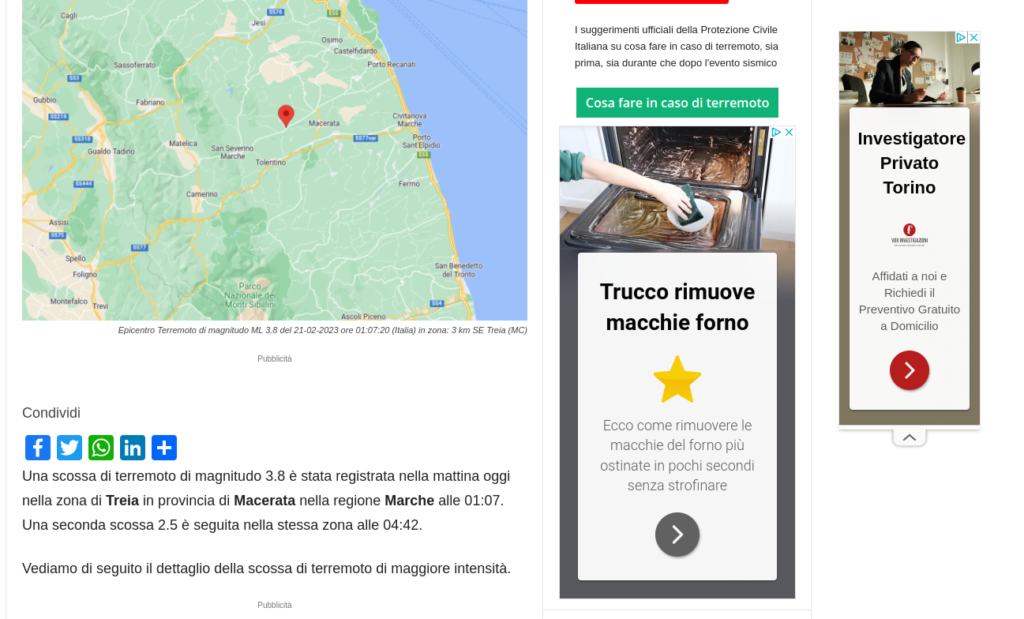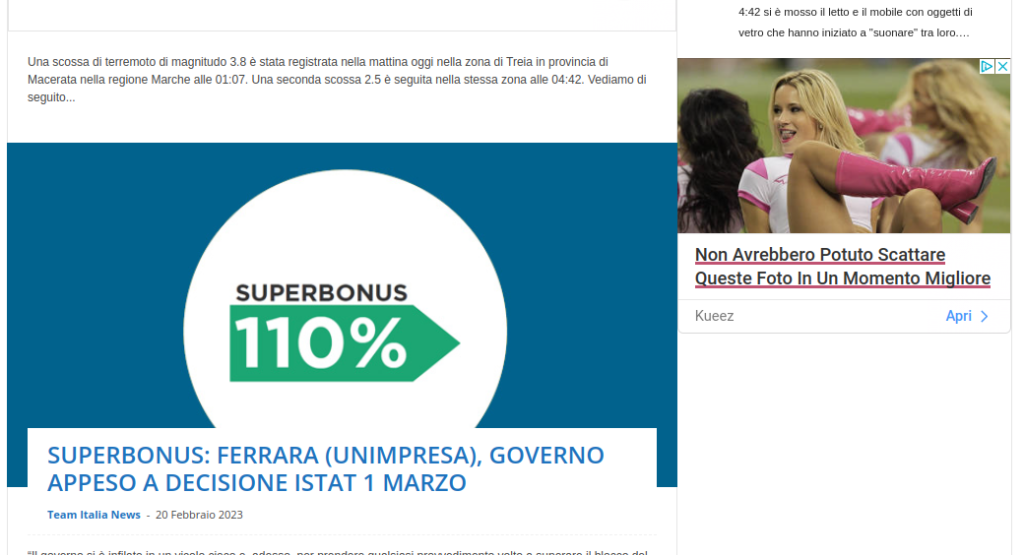SEO optimization is an essential activity to improve a website’s ranking on Google and other search engines. A SEO-optimized website has a higher chance of reaching the top positions in the search engine results pages (SERPs), attracting more traffic, and increasing conversions.
SEO optimization involves solving technical issues identified during the analysis phase, creating web page contentfocused on specific themes, and optimizing existing content on a website.
The SEO optimization process is also when an SEO consultant or SEO agency implements the SEO strategy planned during the initial research and analysis phase.
Many people refer to SEO optimization as “Google optimization” since Google is the most widely used search engine. However, it’s important to know that optimizing for Google also helps improve rankings on other search engines, as many have adopted similar ranking criteria. Google prioritizes web pages that provide a better user experience and have a high-quality user interface.
In this article, we will explore what SEO optimization is, the key factors to consider, and how to optimize a website for SEO effectively.
We will also discuss SEO optimization costs, providing practical tips on improving page loading speed, SEO copywriting, and much more.
Table of Contents
- SEO Optimization: What It Is and Why It’s Important
- SEO optimization: costs
- How to optimize a website for SEO: effective strategies
- Off-page SEO optimization: increase site authority
- How to optimize Images for SEO
- Questions and answers
- Do you want to optimize your website for search engines?
SEO Optimization: What It Is and Why It’s Important
When we talk about SEO optimization, we are referring to that set of techniques that allow a site to climb the search engine results pages. This process is essential to increase visibility and organic traffic, avoiding depending exclusively on paid advertising.
SEO optimization of a website includes various aspects, such as keyword research, technical optimization, content quality, and user experience. Google, through its algorithms, evaluates hundreds of signals to determine the position of a website. Among the most important are the relevance of the pages to the user’s search intent, the loading speed, the use of relevant keywords, and the optimization of images.
Having an SEO optimized website is not only a competitive advantage, but a necessity in an era where most online traffic comes from search engines.
SEO optimization: costs
One of the most common concerns about SEO is its cost. The question “How much does SEO optimization cost?” has no fixed answer since the price depends on multiple factors, such as competition in the industry, website size, and the objectives to be achieved.
An SEO consultant can offer different solutions, ranging from a simple technical audit to a long-term SEO strategy. Costs can vary from a few hundred euros per month for a basic consultation to several thousand euros for more advanced and customized strategies.
Additionally, it’s important to consider that on-site SEO optimization is part of a broader SEO strategy, which also includes off-site SEO and differs significantly from local SEO optimization.
Investing in an SEO expert is often the best approach to achieve tangible results while avoiding mistakes that could harm your Google ranking.
How to optimize a website for SEO: effective strategies
Optimizing SEO means working on different aspects of a website to improve its visibility in search engines. Google uses hundreds of signals to determine the position of a site in the results pages, so it is essential to act on multiple fronts to ensure the best possible positioning.
An excellent SEO site optimization strategy must take into account three fundamental pillars: on-page SEO, off-page SEO and technical SEO. Let’s see in detail how to work on each of these aspects.
On-Page SEO Optimization: improving content and structure
On-page optimization is all the elements of a site that can be improved directly by the administrator or owner of the site. It is the basis of any effective SEO strategy.
1. Keyword Research and Search Intent
The first step to effective optimization is keyword research. It is important to choose relevant keywords that have a good search volume and that match the search intent of users.
For example, if a user searches for “best restaurant in Rome”, they probably want to find reviews and recommendations. If they search for “book dinner in Rome”, they are more likely to take direct action. Choosing targeted keywords helps Google understand what the page is about and rank it more effectively.
2. Content Optimization
Writing an SEO-optimized article means structuring content in a clear, interesting and informative way. Google rewards texts that answer users’ questions in a complete and thorough way.
Here are some tips for optimizing page content:
- Use keywords naturally, without forcing them.
- Insert clear titles and subtitles (H1, H2, H3) to make reading easier.
- Add bulleted or numbered lists to organize information.
- Insert optimized images and videos to enrich the user experience.
The best way to create effective content is to focus on quality and usefulness for the user, avoiding generic content or content copied from other sources.
3. SEO Tag Optimization
HTML tags are essential to help search engines understand the content of pages. Some key elements include:
- Title tag: the title of the page must contain the main keyword and have a maximum of 60 characters.
- Meta description: must summarize the content of the page in a maximum of 150 characters, including keywords in a natural way.
- H1, H2, H3 tags: must be used to structure the content in a hierarchical way and improve readability.
- ALT tags for images: helps Google understand the content of images, improving indexing.
Ottimizzazione SEO tecnica: migliorare la struttura e la velocità del sito
L’ottimizzazione tecnica è fondamentale per garantire che Google possa scansionare e indicizzare correttamente il sito. Un sito lento o con errori tecnici potrebbe essere penalizzato dagli algoritmi di Google.
1. Migliorare la velocità di caricamento
La velocità di caricamento è un fattore di ranking essenziale. Un sito lento non solo peggiora l’esperienza utente, ma rischia anche di perdere posizioni nei risultati di ricerca.
Per migliorare le prestazioni, si possono adottare diverse strategie:
- Utilizzare un hosting veloce e affidabile.
- Ridurre il peso delle immagini (usando formati ottimizzati come WebP).
- Abilitare la compressione Gzip per ridurre la dimensione dei file.
- Utilizzare una rete CDN (Content Delivery Network) per migliorare i tempi di risposta del server.
2. Mobile Optimization
With the growth of smartphone browsing, Google is prioritizing mobile-friendly sites. An SEO-optimized website must be fully responsive and offer smooth navigation on all devices.
3. Site structure and internal links
A well-structured site is easier for both users and search engines to navigate. It’s important to organize pages logically and use internal links to connect related content.
For example, in an SEO blog, an article about “How to Optimize Images for SEO” should link to a more general guide about “Google SEO Optimization.” This helps both the user find relevant information and Google better understand the relationship between pages.
Off-page SEO optimization: increase site authority
Off-page SEO optimization includes all the activities that take place outside of your website and that contribute to improving its authority and positioning on Google. If on-page SEO concerns the quality of content and technical optimization, off-page SEO focuses mainly on the reputation of the site in the eyes of search engines and users.
One of the fundamental aspects of off-page optimization is link building, but there are many other strategies that can improve the visibility of a site and increase its credibility. Let’s look in detail at the most effective techniques for optimizing off-page SEO.
1. Link building: getting quality backlinks
Link building is the main strategy of off-page SEO. Google uses backlinks (links from other websites to yours) as a signal of trust: the more a site receives links from authoritative and relevant sources, the more it will be considered trustworthy and will gain positions in the results pages.
However, not all links are created equal. Google distinguishes between quality backlinks and toxic links, penalizing practices such as link spamming or buying backlinks from low-quality sites.
Here are some strategies for obtaining valuable backlinks:
- Guest posting: publish articles on authoritative blogs and sites in your sector, including a link to your site.
- Digital PR: collaborate with journalists and bloggers to get mentions in articles and news.
- Creating viral content: infographics, industry studies and detailed guides are more likely to be shared and linked.
- Broken link building: find broken links on other sites and propose your content as a substitute.
- Collaborations with influencers: Mentions and links from industry experts can increase the visibility of the site.
A good mix of these strategies helps to build a natural backlink profile, which is the best way to improve the authority of a site without risking penalties.
2. Brand mentions and quotes
In addition to backlinks, brand mentions (without links) are also a positive signal for Google. If a site is frequently cited on blogs, social media and industry portals, it means that it is relevant and authoritative.
To increase brand mentions, it is useful to:
- Be active in online discussions related to your industry.
- Participate in events, webinars and conferences to get media coverage.
- Use tools like Google Alerts to monitor mentions of your brand and request links when possible.
These activities help strengthen the online presence of the site and increase organic traffic.
3. Local SEO optimization
912 / 5.000
If your site is for a local business, Google SEO optimization should also include local SEO strategies. This improves visibility in geolocalized searches, such as “restaurant in Milan” or “law firm in Rome”.
The main steps to optimize local SEO are:
Optimize Google My Business: create and update your Google My Business listing with detailed information, photos, and reviews.
- Get quality reviews: positive reviews on Google and other portals influence your ranking in local results.
- Be present in local directories: sites like Yelp, Yellow Pages, and TripAdvisor can provide links and improve your reputation.
- Use local keywords: include the name of the city or area in your titles, content, and SEO tags.
Local SEO is very important for businesses that want to attract customers in a specific geographic area.
4. Social Media & SEO
Social media doesn’t directly impact your Google ranking, but it can help with SEO in a number of ways:
- Increase visibility of content: The more content is shared, the more likely it is to get natural links.
- Create engagement signals: Comments, shares, and interactions show Google that a brand is active and popular.
- Generate traffic to your site: A good social post can attract interested users, increasing the time spent on your site (a possible ranking factor).
To get the most out of social media, it’s important to:
- Publish quality content that encourages sharing.
- Be active in discussions and engage with your community.
- Use relevant hashtags to increase the reach of your posts.
- Share SEO-optimized articles to generate organic traffic.
While social media isn’t a direct ranking factor, it does have an indirect impact on your site’s SEO and ranking.
5. Forum, community and Q&A
Participating in online forums and communities is another effective way to improve your off-page SEO. Being active on sites like Reddit, Quora, and industry discussion groups allows you to:
- Demonstrate expertise and authority in your field.
- Generate qualified traffic to your site.
- Get natural links if you share useful content.
To avoid spam and penalties, it is important to provide genuine and relevant answers, without forcing links.
6. Collaborations and co-marketing
Collaborations with other sites and companies can be a great off-page SEO strategy. Some examples include:
- Exchanging guest posts with complementary but non-competing sites.
- Collaborating with companies for events, webinars, or joint content.
- Partnering with industry associations to gain visibility and valuable backlinks.
These activities help strengthen your online presence and improve your Google rankings in the long term.
How to optimize Images for SEO
After discussing optimization strategies, we need to dedicate a few lines in particular to SEO optimization of images.
Images can be a key element to improve the ranking of a site, but only if optimized correctly.
How to optimize images for SEO?
- Use descriptive file names: instead of “IMG123.jpg”, a name like “nike-running-shoes.jpg” is better, which helps Google understand the content of the image.
- Optimize the weight of the image: images that are too heavy slow down the loading of pages, so it is essential to compress them without losing quality.
- Use the ALT attribute: briefly describing the image with the ALT tag helps accessibility and provides a signal to search engines.
- Choose the right format: formats like WebP offer a good compromise between quality and speed.
SEO optimization for Google in particular and for other search engines in general is therefore a complex but fundamental process to improve the visibility of a site.
Optimizing SEO means working on multiple levels, from the quality of content to the technical structure, through speed and user experience.
Although the costs of SEO optimization can vary, investing in an effective strategy brings long-term benefits, increasing organic traffic and user conversions.
Relying on an expert SEO consultant can be the right choice to obtain concrete results and grow your online business.
Questions and answers
Is SEO really necessary? Yes, without an effective SEO strategy, a site risks remaining invisible in search engines, losing traffic and potential customers.
How long does it take to see the results of SEO? It depends on the competition and the current state of the site, but generally it takes 3 to 6 months to notice significant improvements.
What are the main ranking factors? Among the most important are content relevance, loading speed, quality backlinks and mobile optimization.
Does Google penalize duplicate content? Yes, duplicate content can reduce a site’s ranking and create confusion for Google’s algorithms.
Can I do SEO myself or do I need an expert? You can start with basic strategies, but an expert SEO consultant can optimize the site more effectively and quickly.
Does SEO only work on Google? No, other search engines such as Bing and Yahoo also follow similar principles, although Google is the most used.
Is local SEO important? Yes, it is essential for local businesses to appear in geo-localized search results.
What is the role of social media in SEO? Social media does not directly affect rankings, but it can increase visibility and traffic to a site.
What are backlinks and why are they important? Backlinks are links that point to your site from other web pages. They help improve the authority of the site and positioning on Google.
Is SEO optimization a long-term strategy? Yes, SEO requires continuous updates and constant monitoring to maintain good results over time.
Read also: SEO Optimization: Google Reveals 3 Key Tips to Solve Technical Issues
Do you want to optimize your website for search engines?
Contact me. I am at your disposal for an online meeting to get to know each other

